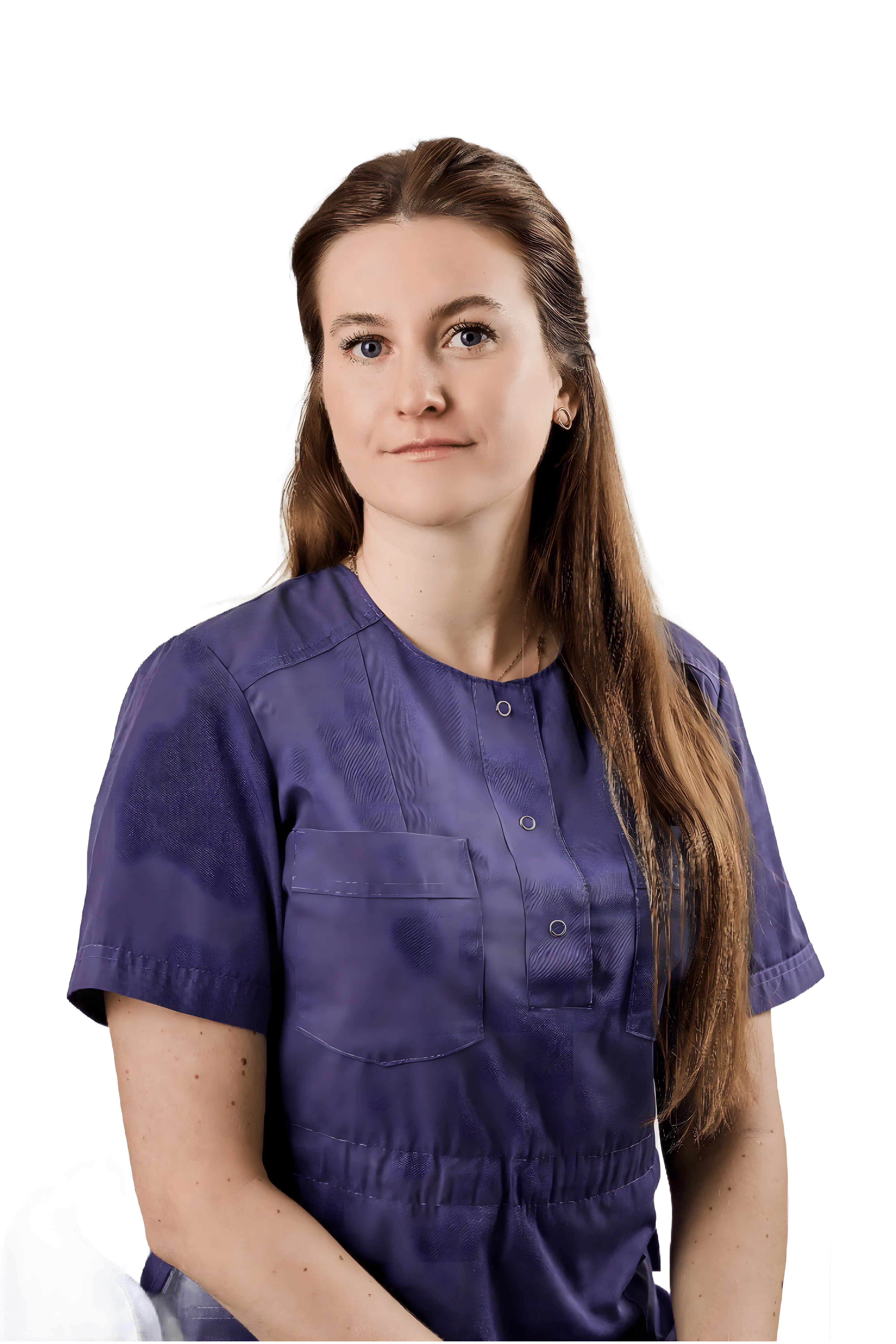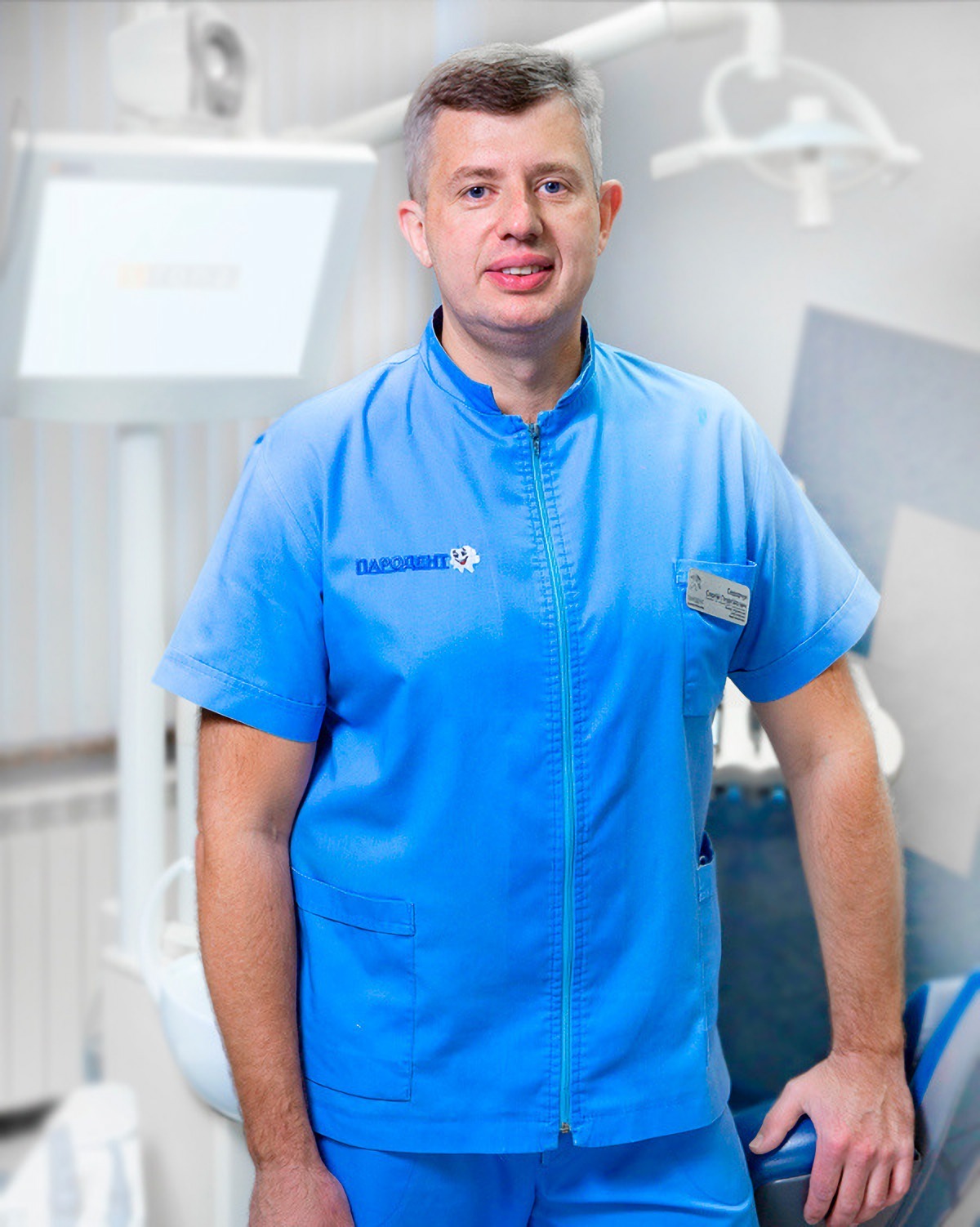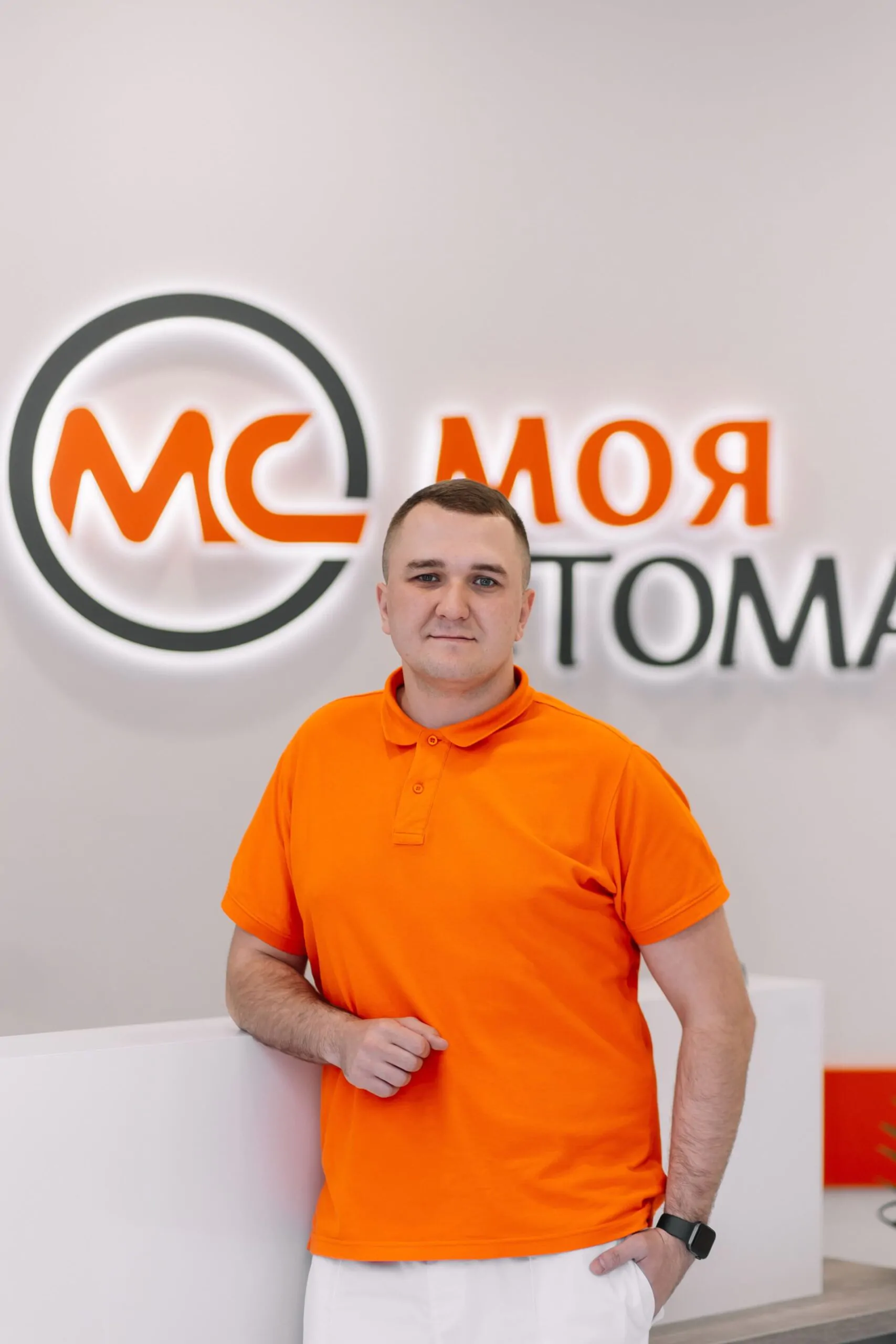Dental treatment under a microscope
How do we organize your medical trip?





Dental care using microscopes
The practice of using dental microscopes is gaining popularity among dentists, as it has significant benefits for both doctors and patients. The use of a microscope provides doctors with an enlarged and high-quality image of the treatment area, which guarantees more effective and safer treatment for patients compared to standard methods.
The main advantages (why patients are looking for this particular service):
- Improved accuracy: the microscope allows the doctor to see the smallest details in the tooth structure, which significantly improves the accuracy of treatment.
- Better detection of problems: thanks to the magnification, the dentist can detect cracks, caries or other problems that may not be visible to the naked eye.
- Preserving more healthy tissue: microscopic treatment allows you to more accurately remove only the affected areas of the tooth, while preserving more healthy tissue.
- Improved effectiveness of root canal treatment: during endodontic treatment (root canal treatment), the microscope helps to identify all the canals in the tooth, clean and fill them much better.
- Better results in dental restoration: during dental restoration, such as veneers or fillings, the use of a microscope helps to achieve better aesthetic and functional results.
- Reduced risk of complications: The precision with which treatment is performed under a microscope reduces the risk of possible complications, such as damage to nerves or neighboring teeth.
Doctors See all doctors
The dental microscope in dentistry is especially useful in the following situations:
- Endodontic treatment (root canal treatment): the microscope is very important for identifying and precisely treating all canals, especially in cases of complex root anatomy.
- Canal re-treatment: when the initial canal treatment was ineffective or complications occurred, the microscope helps to accurately diagnose the problem and correct it.
- Removal of broken instruments: if dental instruments break and get stuck inside the canal during root canal treatment, the microscope helps to accurately identify and remove them.
- Restoration of teeth: during the restoration of teeth, especially when installing complex fillings or veneers, the microscope ensures high accuracy and aesthetics.
- Diagnostics and treatment of cracks in teeth: the microscope allows you to detect small cracks and other defects that may not be visible to the naked eye.
- Periodontal procedures: in the treatment of periodontal disease, a microscope can be used to accurately remove infected tissue and improve treatment outcomes.
- Dental surgery: in complex surgical procedures, such as the removal of wisdom teeth with 2 and 3 roots or bone grafting, the microscope provides better visibility and accuracy.
- Dental implants: in the planning and placement of dental implants (e.g. All on 4 or All on 6 technology), a microscope helps to pinpoint the exact location of the implant.
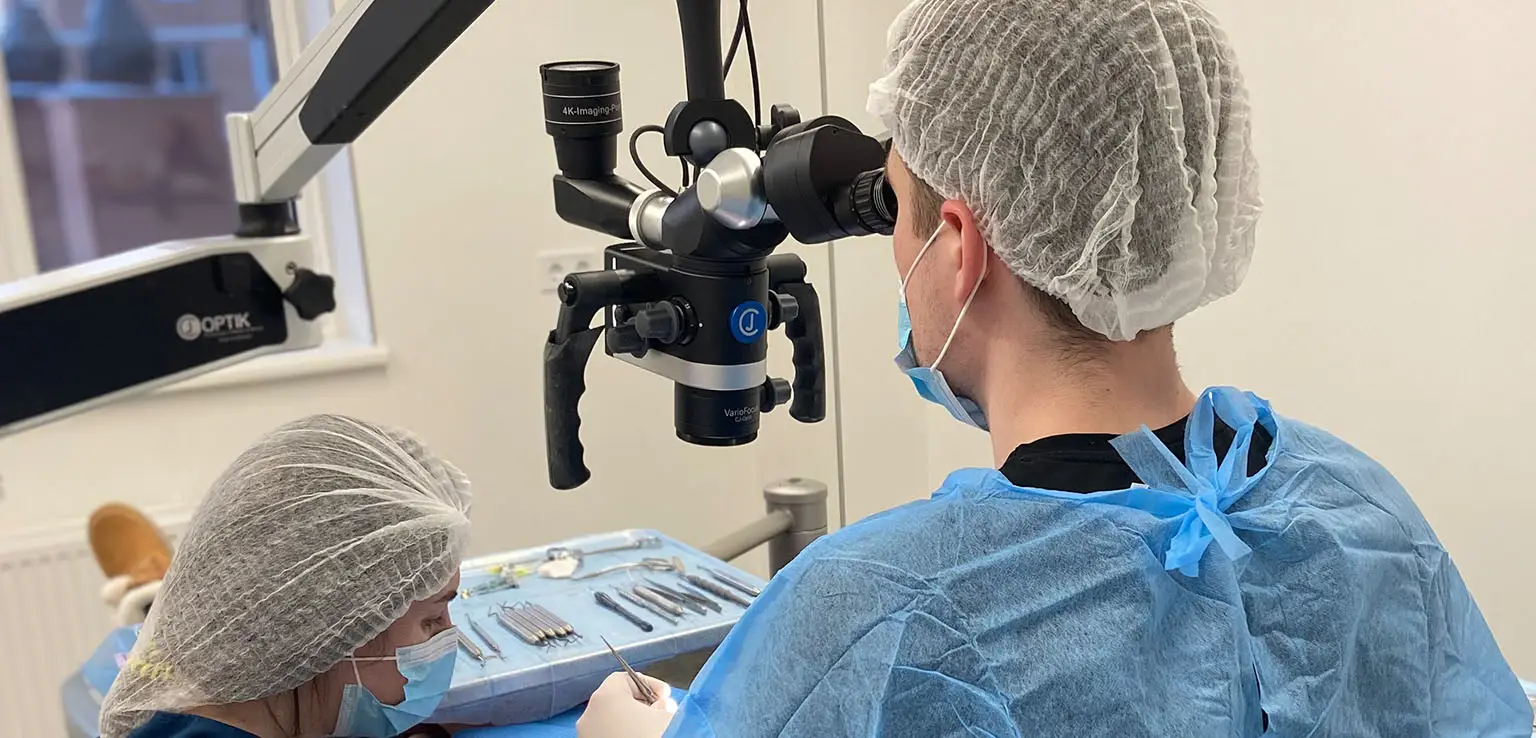
How is the filling of tooth canals under a microscope done?
The procedure for the treatment of tooth canals takes place in several stages and has significant advantages over conventional "blind" filling :
- Preparation and anesthesia: first of all, the patient is given local anesthesia for pain relief. A rubber pad (cofferdam) may also be used to isolate the tooth and ensure sterility.
- Access to the tooth and canals: the doctor uses special tools to remove the affected part of the tooth and create access to the root canals.
- Visualization under a microscope: the use of a microscope allows the doctor to identify all the canals, assess their condition and determine the amount of further treatment.
- Effective cleaning of the canals: using a microscope, the dentist cleans the canals from infected tissue, bacteria and pulp residues.
- Canal filling: after the canals are cleaned and dried, they are filled. Under the microscope, the doctor can accurately fill the canals, ensuring a tight and uniform filling.
- Tooth Restoration: after root canal treatment, the tooth is restored with a filling or crown. The use of a microscope at this stage also helps in achieving better aesthetic results.
- Final examination: after all procedures are completed, the doctor examines the treatment under a microscope to make sure it is of high quality and there are no problems.
Precise filling under the control of a microscope guarantees successful long-term treatment, and significantly reduces the likelihood of the need for re-listing or other interventions.
-
How much does dental treatment under a microscope cost?
The cost of dental treatment under a microscope can vary significantly depending on several factors:
- Region and level of the clinic: the cost may vary depending on the country and city, as well as the level and reputation of the clinic.
- Individual case and its complexity: more complex cases that require additional time and resources will cost more. Depending on whether it will be caries treatment, or complex root canal treatment, tooth restoration or other procedures.
- Duration and number of visits: some procedures may require several visits, which also affects the total cost.
To get accurate information about the cost of dental treatment under a microscope, we recommend that you contact the managers of UaMedTours directly to get advice on current prices for dental services. Managers will be able to provide detailed answers based on your specific situation and needs. All consultations with managers are free of charge. We speak Ukrainian, Polish and English. We invite you to contact us by multichannel phone +38 068 770 61 77 or in a messenger convenient for you Telegram, Viber, WhatsApp.




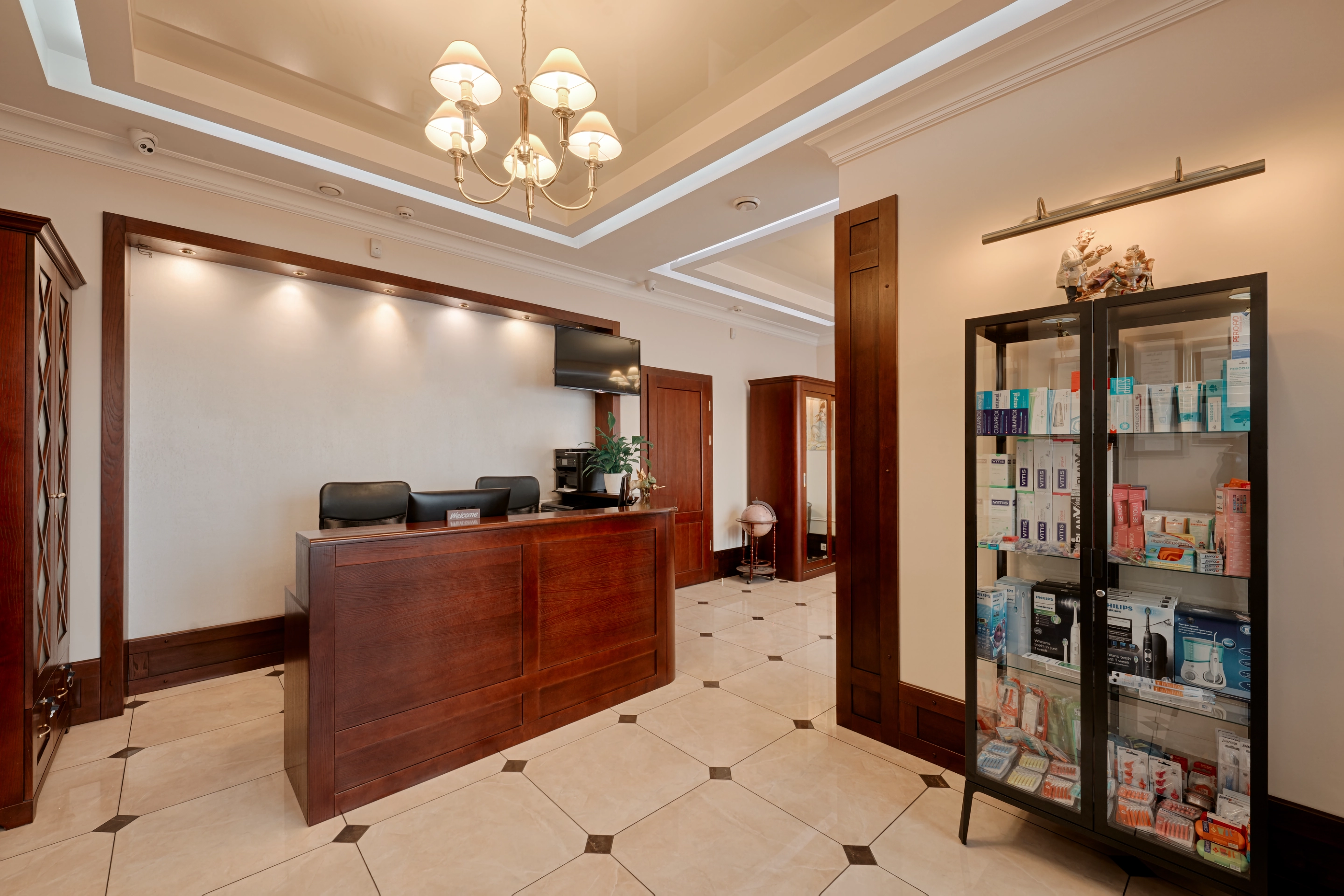
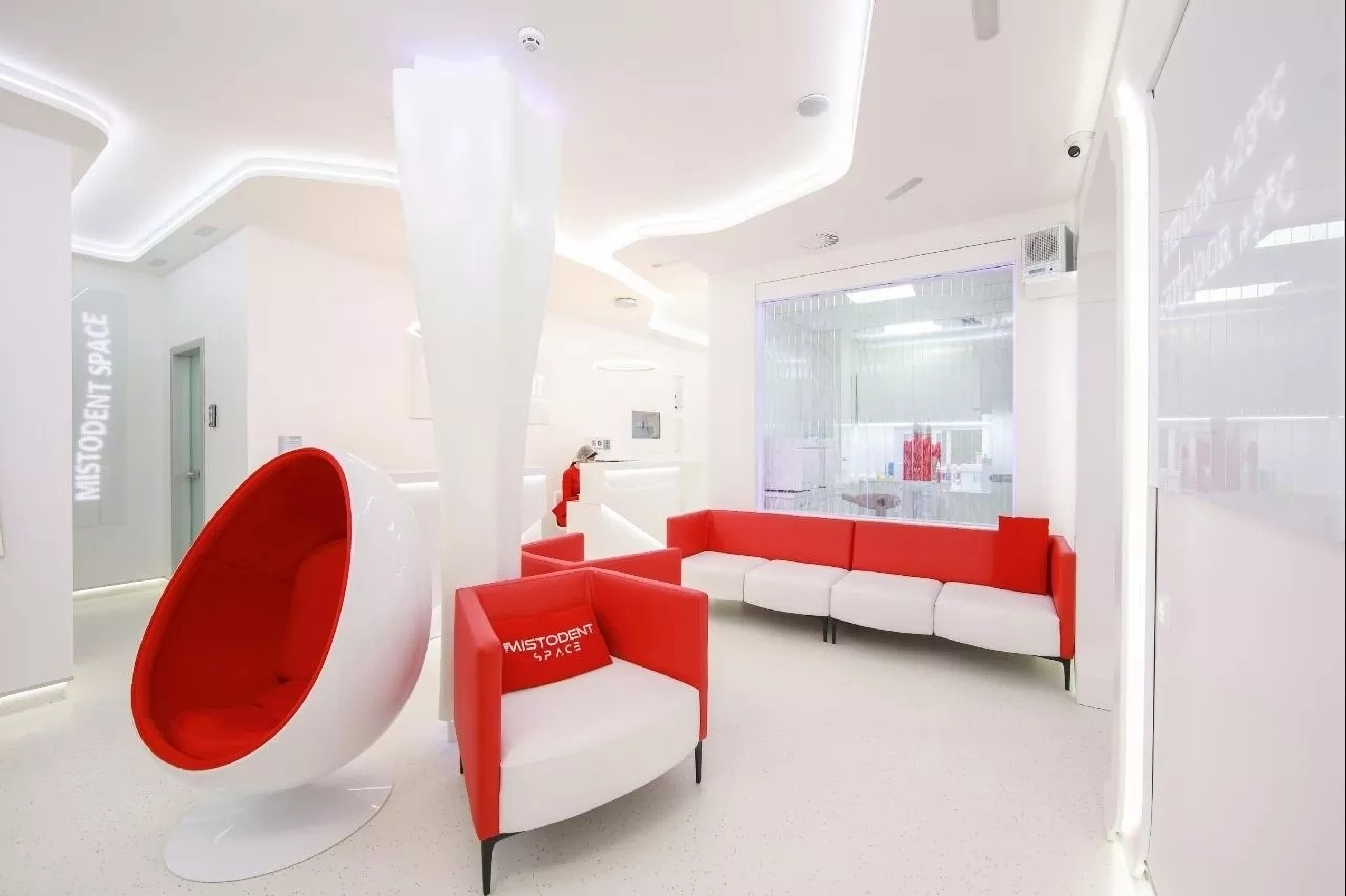

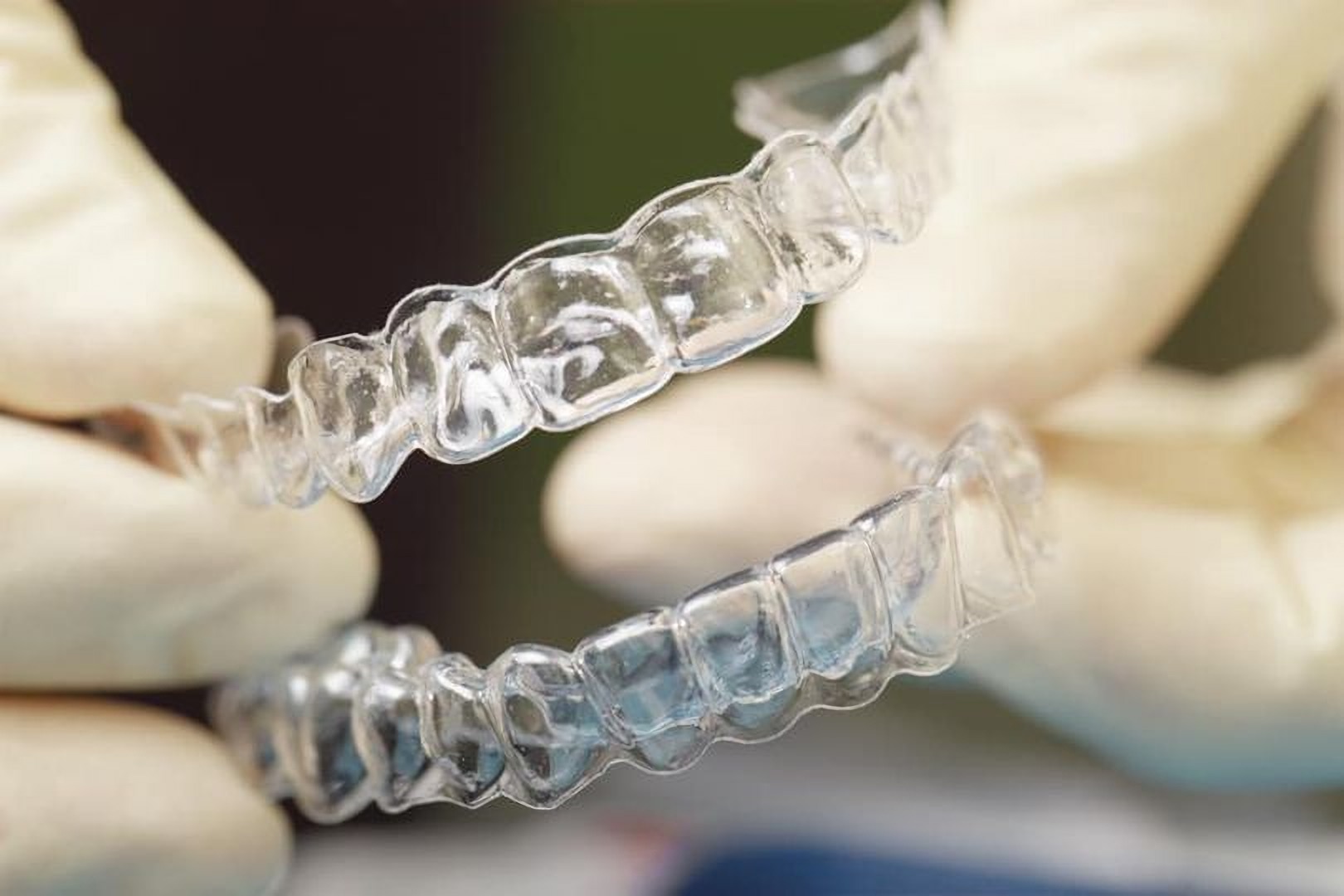
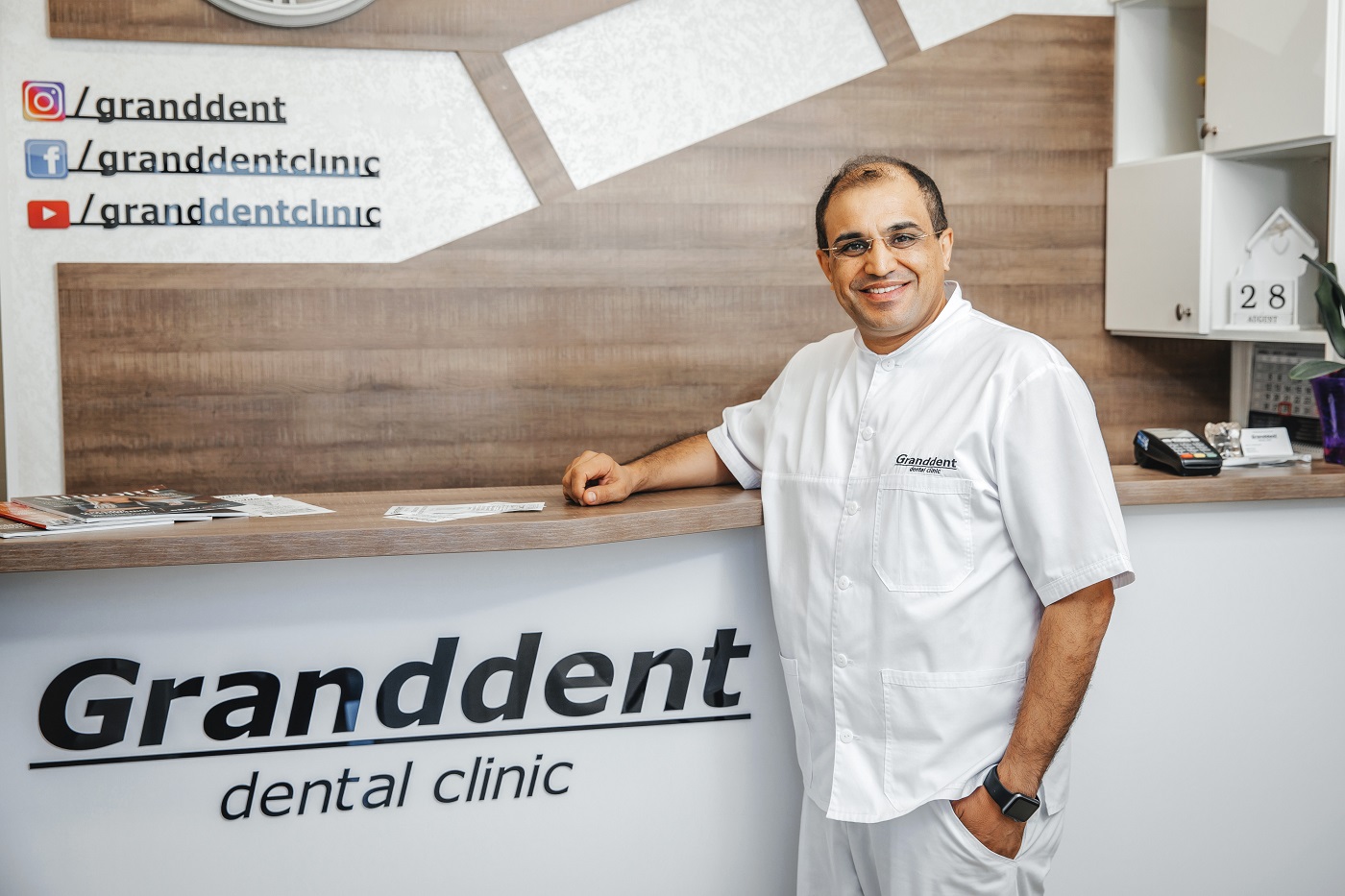
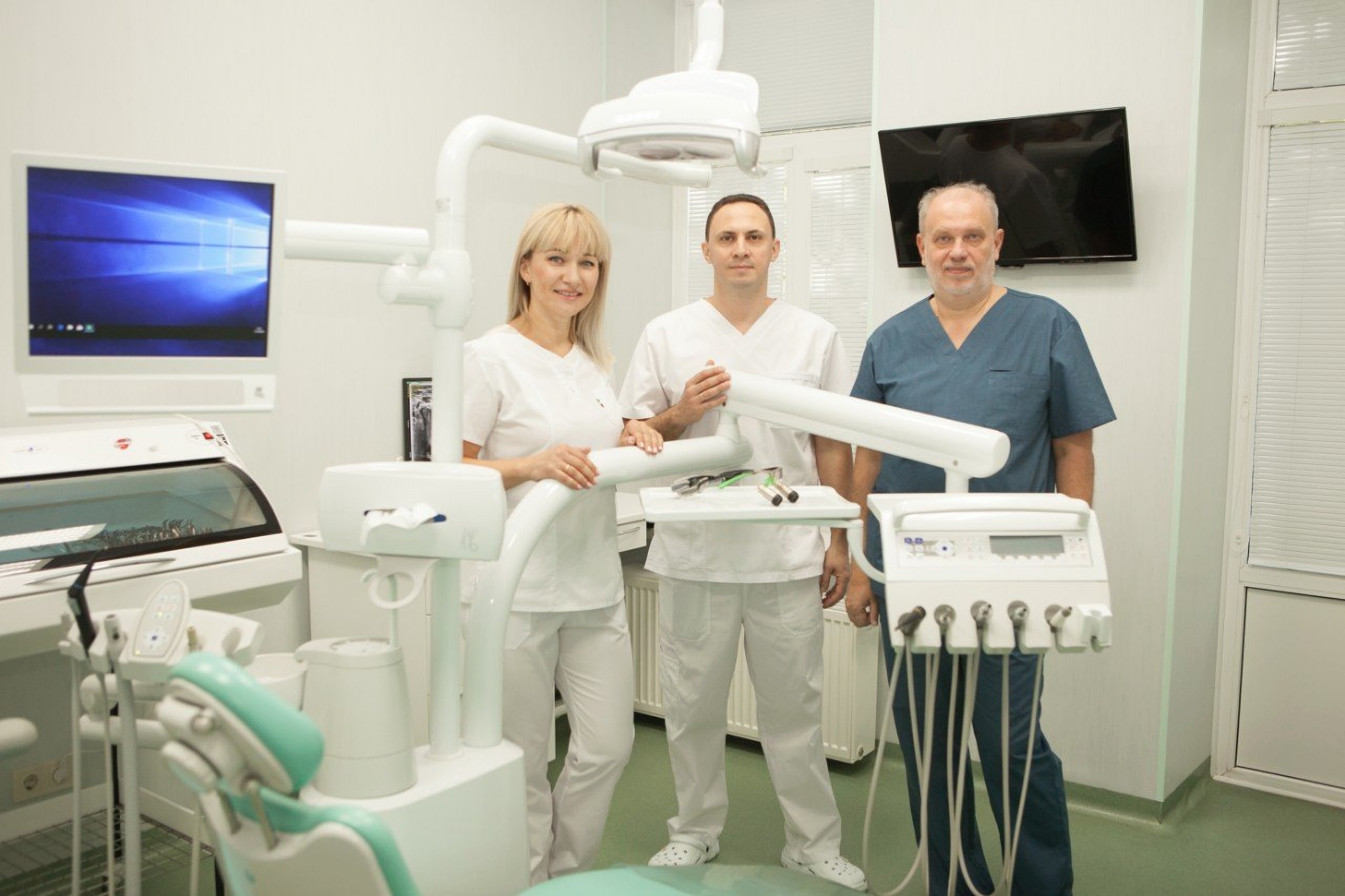
.webp)
